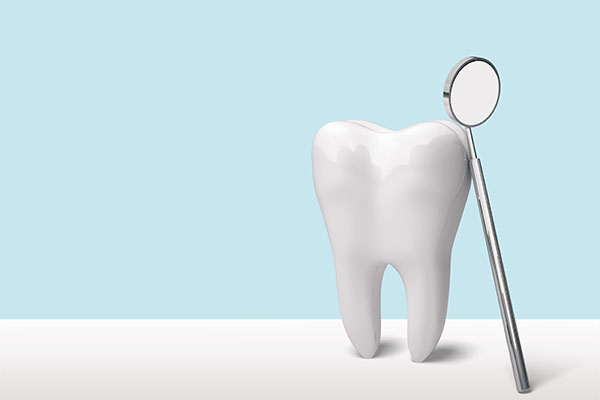 Dental bonding and dental filling both restore the smile. In essence, the restoratives are one and the same— the difference between them lies in when a dentist recommends them. Dentists most commonly use fillings to restore functionality to the teeth by filling cavities, while bonding is usually for cosmetic purposes. Either way, the result will likely be a more aesthetically pleasing (and often more functional) smile.
Dental bonding and dental filling both restore the smile. In essence, the restoratives are one and the same— the difference between them lies in when a dentist recommends them. Dentists most commonly use fillings to restore functionality to the teeth by filling cavities, while bonding is usually for cosmetic purposes. Either way, the result will likely be a more aesthetically pleasing (and often more functional) smile.
About dental bonding
Dental bonding is a tooth-colored composite resin. A dentist can apply it to fill in minor cracks or chips in a tooth's surface. This prevents them from becoming larger problems that compromise the tooth's health. Dentists can also use dental bonding to alter how the smile appears by filling in gaps between the teeth or making them look longer or more uniform in shape. It can even cover staining and make a tooth appear whiter. In these ways, bonding enhances the appearance of a patient's smile—all without needing more intensive or invasive treatments like surgery.
Further, dentists can often complete the dental bonding process in less than an hour. The dentist will select a shade of composite resin that matches the tooth and those surrounding it. Next, they will roughen the tooth's surface and place the bonding material into or on top of the area. The dentist will cure it with an ultraviolet light. The last step is to make the bonding indistinguishable from the rest of the tooth.
What are dental fillings?
Dental fillings get their name from how they are used to "fill" damaged and decayed areas in the teeth. As mentioned, fillings can consist of the same tooth-colored material as bonding. However, they can also contain a variety of other materials. Some, like ceramic and porcelain fillings, blend with the tooth surface; others, such as silver and gold, provide a more durable but less discreet restoration.
The placement procedure is another way in which bonding and composite resin fillings differ slightly. First, the dentist may numb the gums around the tooth to reduce pain. Before placing a filling, the dentist will need to remove any tooth decay and disinfect the empty cavity. In addition, they need to cure the composite resin in layers. Once the final layer has been cured, the dentist will shape it just as they would with bonding.
Bonding vs. fillings: When each is recommended
Whether a dentist recommends this composite resin material as bonding or a filling will depend on the patient's condition. If the issue is merely cosmetic, not causing pain, and does not currently threaten the integrity of the tooth, the dentist will likely refer to the material as bonding. On the other hand, "fillings" are reserved for restoring teeth that have sustained damage from an injury or tooth decay.
Enhance your smile today
If you are looking to restore a tooth's appearance, ask our dentist about dental bonding. Bonding cannot only improve cosmetic imperfections but also prevent certain types of imperfections, like cracks and chips, from turning into oral health problems. Learn more in an appointment.
Request an appointment or call Dragonfly Dental of Port Charlotte at 941-676-9225 for an appointment in our Port Charlotte office.
Related Posts
Smile imperfections can dampen the way you see yourself. Fortunately, there are various to improve or correct them. One of the most common is dental bonding. This smile restorative can enhance smiles and their function in as little as one appointment.Dental bonding is a cosmetic procedure that uses tooth-colored composite resin to form the shape…
Dentists can restore the appearance of a patient’s smile with dental bonding. This tooth-colored resin also preserves the structure of a minorly damaged or decayed tooth. Dental bonding restores and strengthens the tooth and makes it more aesthetically appealing to the eye.Dental bonding is a composite resin material color-matched to each patient’s smile. This allows…
Curious about how long dental bonding lasts? Read on to learn more. Dental bonding can be a functional as well as aesthetic procedure. It is simple, quick, and effective for correcting minor dental imperfections that impact the appearance of the smile. It involves putting a tooth-colored composite resin on the surface area of the tooth.…
